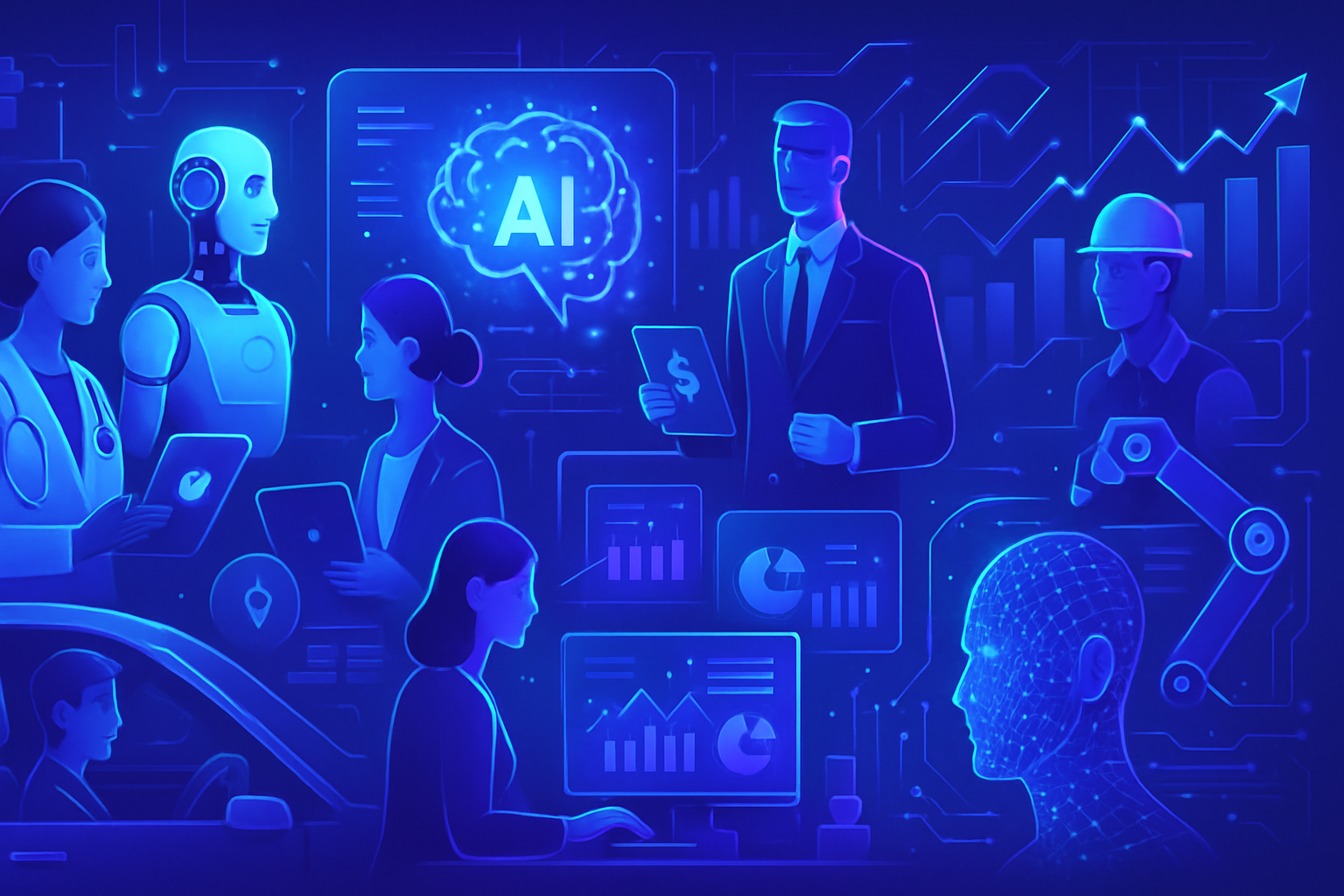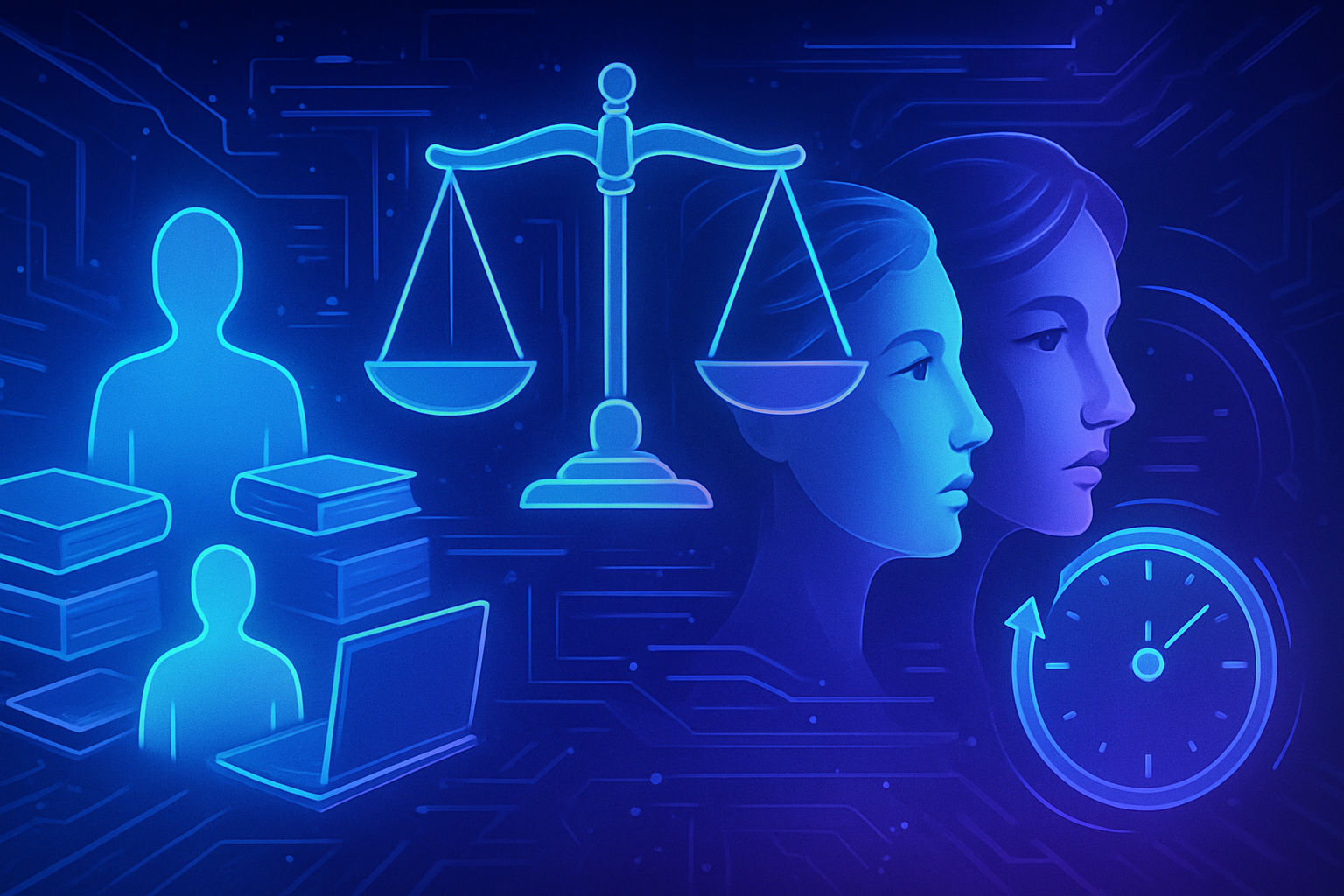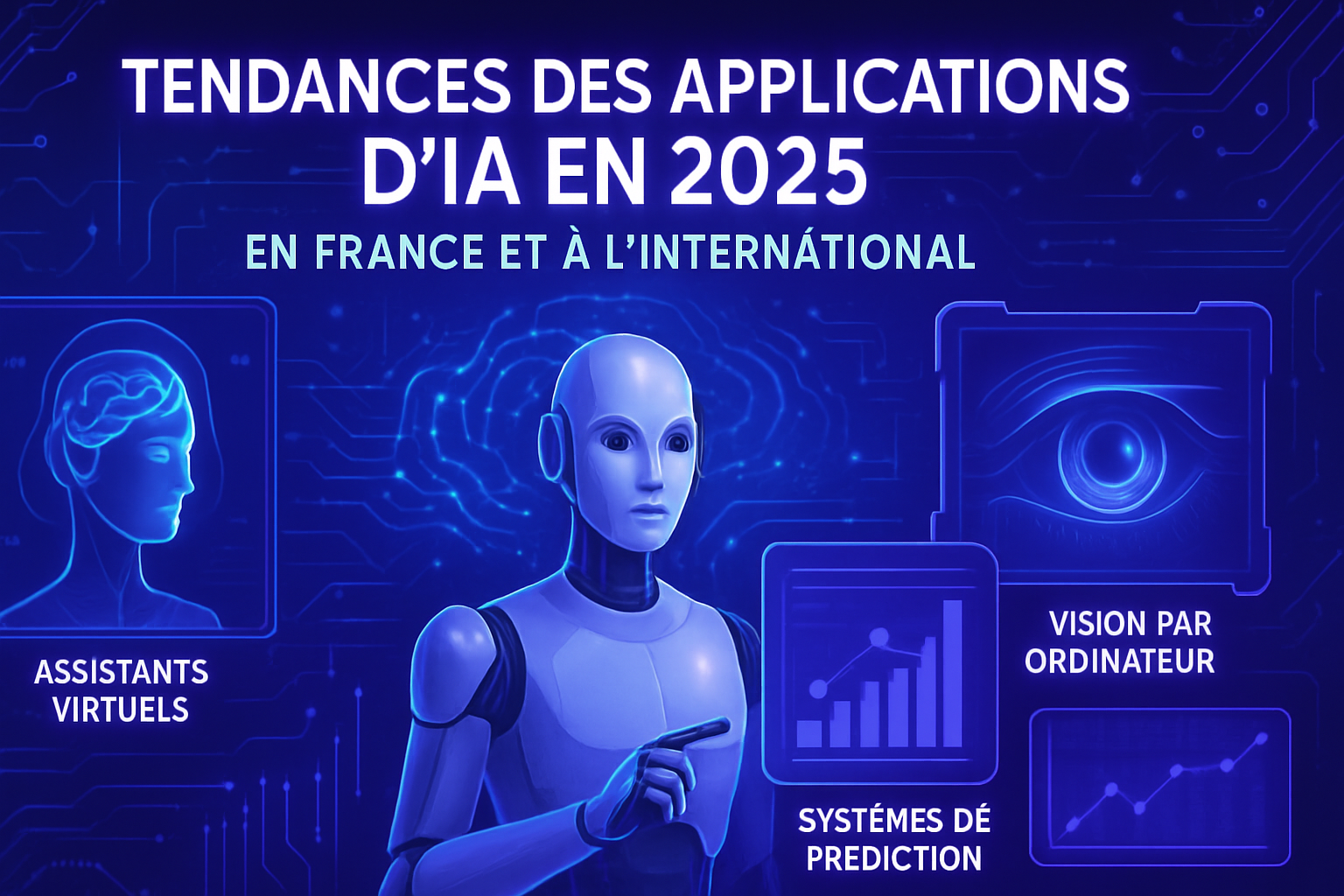The rise of digital identity fraud poses colossal challenges for data security in Europe. The sophistication of cybercriminals surpasses the traditional defenses of companies, reviving the need for a revitalized defense. Artificial intelligence proves to be an innovative and crucial response to bolster this protection.
Fraudulent techniques such as deepfakes and identity theft undermine user trust. These threats require heightened vigilance and adaptive solutions. In this context, the thoughtful adoption of AI offers significant advancements for authentication and anomaly detection.
Financial institutions must align with these new technologies to build a safe digital environment. Utilizing AI not only allows for a response to apparent risks but also proactively prevents fraud.
Artificial Intelligence and Digital Identity Fraud
Digital identity fraud represents an insidious threat, particularly in light of technological advancements. Innovations such as the European eIDAS2 wallet, expected in 2025, promise to centralize sensitive information. Cybercriminals seize these opportunities to impersonate identities, falsify documents, or even create biometric deepfakes. Traditional security tools show their limits against these new elaborate fraud methods.
Cyber Threats in the Digital Landscape
Conventional security measures struggle to contain the rising sophistication of fraud. The rise of digital identity documents exposes citizens to a range of varied threats. These methods include digital manipulation of images and videos, rendering facial recognition vulnerable. Therefore, financial institutions must prepare for a fierce battle against identity theft.
AI as the First Line of Defense
Advancements in artificial intelligence (AI) prove decisive in the fight against fraud. Thanks to its ability to process massive volumes of data, AI quickly detects suspicious patterns. Its capability to analyze behaviors and establish connections between various actors strengthens transaction security.
Dynamic Biometrics
Dynamic biometrics represent one of the most intriguing advancements of AI. Algorithms are capable of identifying subtle signals, such as micro-facial movements, reacting to manipulation attempts. This technology protects users by offering a robust layer of security, specifically targeting new ways to deceive verification systems.
In-Depth Document Verification
The use of machine learning models in document verification also plays a crucial role. These systems detect alterations invisible to the naked eye, posing a considerable challenge to those using forged copies. Such capability allows for the processing of identity documents with unparalleled accuracy, increasing the reliability of the review process.
Proactive Behavioral Detection
Behavioral detection mechanisms utilize various signals to assess the risk level of a user. AI analyzes parameters such as typing speed or access devices. With this technology, financial institutions quickly identify suspicious behaviors, thereby increasing their vigilance against fraud.
Balance Between Security and Customer Experience
Skillful management of security controls preserves user experience while ensuring vigilance. AI systems advocate for an adaptive approach, where security levels vary according to each user’s risk profile. Thus, a trusted individual is offered quick access, while a newcomer undergoes heightened checks.
Ethics and Governance of AI
The rise of AI in security raises ethical questions along with regulatory concerns. The European AI Act establishes strict standards regarding transparency and accountability. The introduction of an ethical framework for AI becomes essential to ensure impartial decisions while safeguarding user rights.
Towards Enhanced Digital Trust
The thoughtful adoption of AI in the fight against digital identity fraud plays a decisive role. By improving due diligence, institutions create an ecosystem where trust thrives. The challenge lies in harmonizing technological innovation with respect for individual rights, especially in an ever-evolving digital landscape.
Recent initiatives demonstrate implications such as the need for heightened vigilance at the societal level. Scams exploiting AI, such as identity theft through voice imitation, testify to this worrying trend. Malicious actors, capitalizing on security flaws, jeopardize user safety through sophisticated scams.
This demand for accountability also translates into anticipating fraudulent behaviors through intelligent algorithms. Digital security can no longer be an option and must be part of a comprehensive approach to education and prevention.
In the future, institutions must strengthen their vigilance against these threats. The combination of human expertise and AI appears to be the key to an effective response to growing challenges, especially in cybersecurity. Significant stakes are at play, as evidenced by the evolution of AI-based scams, necessitating tailored anticipatory strategies.
Frequently Asked Questions About Artificial Intelligence and Digital Identity Fraud in Europe
What is the main function of artificial intelligence in the fight against digital identity fraud?
Artificial intelligence enables the analysis of vast volumes of data in real time, thus identifying patterns of fraud and anomalies that may indicate identity fraud attempts.
How does AI contribute to protecting users’ digital identities?
With advanced algorithms, AI can detect suspicious behaviors, analyze biometric data, and verify the authenticity of identity documents, thereby strengthening the security of digital identities.
What types of fraud does artificial intelligence help prevent?
AI helps to prevent various forms of fraud, including identity theft, document forgery, biometric deepfakes, and phishing attacks.
How does AI use behavioral data to identify fraud?
Artificial intelligence examines signals such as browsing habits, typing speed, and access locations to detect divergent behaviors that may indicate potential fraud.
Are AI solutions for fraud prevention compliant with European regulations?
Yes, AI-based solutions must comply with the European AI Act, which imposes standards of transparency and accountability in their use.
What are the limitations of artificial intelligence in detecting identity fraud?
Although powerful, AI is not infallible and can sometimes generate false positives, thus requiring human oversight to confirm important security identity decisions.
How does AI enhance the customer experience while strengthening security?
AI adjusts verification levels based on perceived risk, allowing for a smoother identification process for trusted users while applying heightened controls for those deemed suspicious.
What role does AI play in compliance with GDPR regarding personal data?
The use of AI must adhere to the principles of data minimization and privacy protection, ensuring that only data necessary for fraud prevention is collected and processed.
How do financial institutions use AI to improve their fraud detection capabilities?
Financial institutions integrate AI into their data management systems for in-depth analyses, enabling them to identify suspicious activities and anticipate fraud attempts before they occur.
What future innovations can be expected in the use of AI to combat digital identity fraud?
Advancements can be anticipated in developing even more sophisticated algorithms, better integration of biometrics, and the use of machine learning to anticipate and prevent new forms of fraud.






